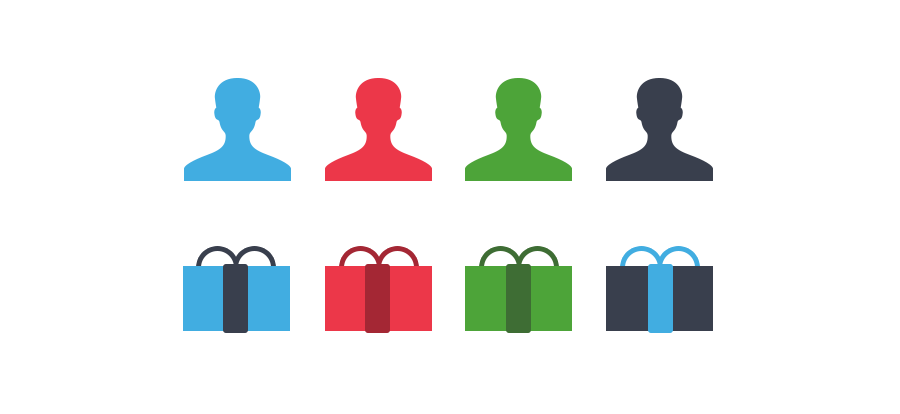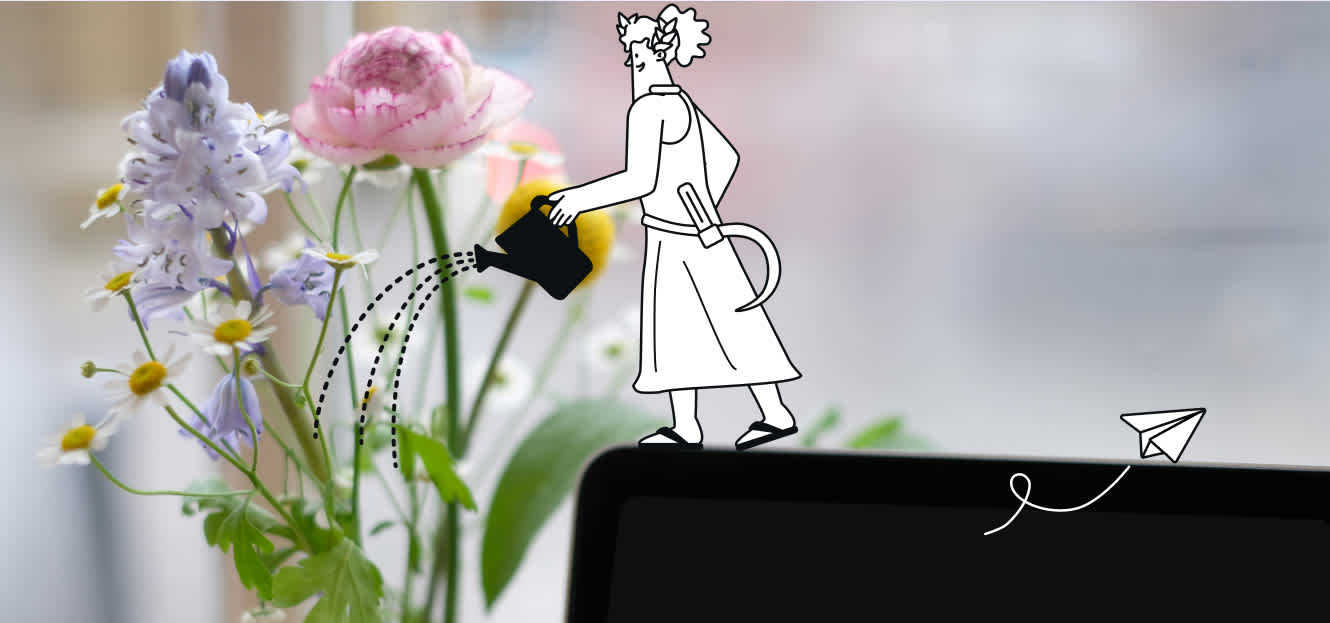Email Best Practices
Personalization techniques that win hearts and minds (and wallet!)
Personalization is a valuable tool when used correctly, but there’s a fine line to walk between relevant content and being big brother.

PUBLISHED ON
Imagine receiving an email titled “The Gift You’ve Been Secretly Hoping For”. You click through to find a personalized link to redeem that gift you’ve been hoping for this holiday. The only catch is... you haven’t told anyone about this gift and you haven’t searched for it on the internet. The marketing algorithm was just that good - it read your mind through your computer.
While email marketing today is no where as advanced (or as creepy), there are instances of personalization that feel just as invasive for consumers. It’s a valuable tool when used correctly - personalized subject lines are 22.2% more likely to be opened, but there’s a fine line to walk between relevant content and being big brother.
Table of contents
Don’t be a Grinch! Don’t creep your recipients!
Over the course of the past year, you’ve probably collected a wealth of customer data at multiple points; opt-in form, back-end purchase data, website search activity. Information collected from something like an opt-in form is front-end data and very consciously volunteered by a customer. This is often their date of birth, zip code, favorite color. And then there is back-end data that is collected from a customer’s interaction with your website or product; tracking where customers forgot to continue their purchase or action, or tracking which products customers spent most time looking at.
Personalize with more general information - a friendly reminder that they left some items in their shopping cart - and shy away from more specific information that a customer might have a hard time understanding where it came from, like data pulled from their IP address.
Know your customers
If you’re using personalization in your campaigns, you’re already ahead of the game. You know and value that no two customers are the same. In that same sense, not all customers respond to personalized content the same way.
Test new personalization techniques with smaller portions of your contact list. Know that more tech savvy customers are more likely to be familiar with cookies and targeted ads, making them more comfortable with personalized content. Less tech savvy customers may even be thrown off by seeing their name in a subject line! It’s all about testing and keeping your customers’ preferences in mind.

Of course, you want to distinguish yourself from your competitors, who are already personalizing their email content. That’s where the psychographic data (tastes, interests and preferences of your contacts that you’ll have collected with your online form) and the behavioral interests (the way customers behave on your website) comes into play.
Knowing your customers’ preferences well, you can easily predict what other types of products/services they will be interested in. One of your customers bought pacifiers, a cradle and baby clothes last year? A year later, it might be time to suggest educational toys and toddler attire.
Use a little psychology
One last tip for the road: when personalizing offers, don’t overwhelm your recipient. A handful of precise choices can prove more effective than trying to do everything with one message. With smaller more meaningful hacks, you can keep a warm mom-and-pop shop relationship, where customers always feel they can find the exact product or present they’re looking for.
Show your recipients you care about them. Understand their needs. By taking smaller steps and not being too pushy, you’ll build a strong, lasting relationship.
Stay tuned for more ecommerce email tips for the holidays! Next week, we’ll be talking about how to optimize content across second, third and fourth screens!
Want to define your email strategy to win customers over this holiday season? Check out Mailjet's Ultimate Guide To Holiday Emailing.








